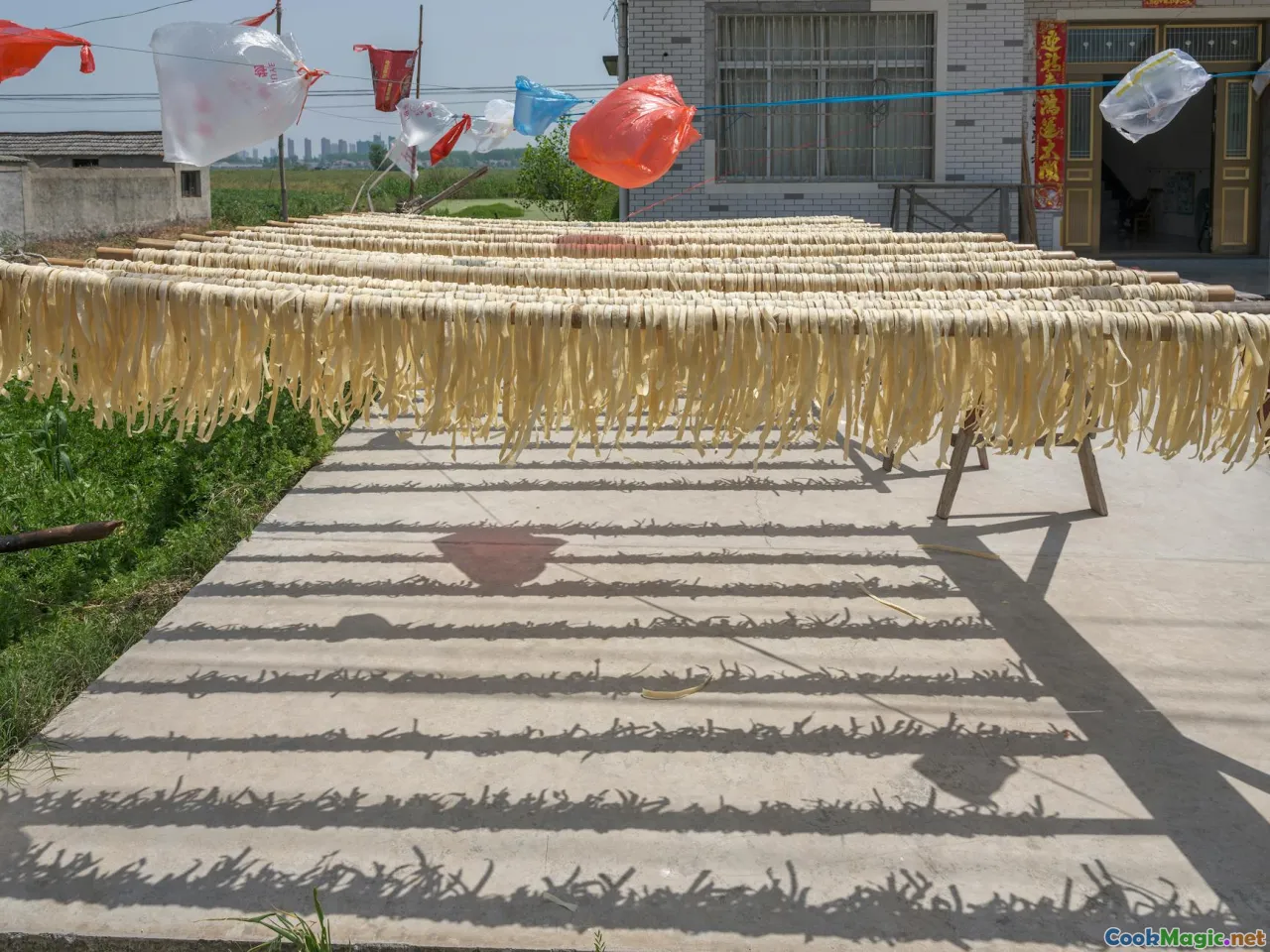Secrets to Perfecting Sri Lankan String Hoppers at Home
7 min read Discover the art of making authentic Sri Lankan string hoppers at home with expert tips, cultural insights, and sensory-rich techniques. May 02, 2025 00:55
Secrets to Perfecting Sri Lankan String Hoppers at Home
Imagine waking up to the warm aroma of freshly steamed string hoppers, their delicate, lacy texture inviting you into a world of culinary tradition. These intricate rice flour nests, known locally as idiyappam or hoppers, are more than just a breakfast staple—they are a cultural symbol, woven into the fabric of Sri Lankan life and history. Making them at home might seem daunting at first glance, but with a few insider secrets, you can master this art and bring the authentic taste of Sri Lanka right into your kitchen.
The Cultural Significance of String Hoppers
String hoppers are deeply embedded in Sri Lankan culture, serving as a festive dish during religious ceremonies, family gatherings, and special occasions. Their origins trace back centuries, influenced by South Indian culinary traditions, yet they have evolved uniquely within Sri Lanka. The process of creating these delicate nests reflects patience and reverence for tradition, making each bite a connection to the island’s rich history and spiritual heritage.
A Journey Through History and Heart
Growing up in Colombo, I remember mornings filled with the scent of freshly steamed string hoppers, a scent that whispers stories of ancestors and communal celebrations. My grandmother’s gentle hands would expertly squeeze the rice flour batter through a traditional idiyappam press, creating thin, silky strands that cascade into steaming baskets. The texture—soft yet slightly chewy—paired with spicy sambols or coconut sambol, encapsulates the essence of Sri Lankan breakfast.
The Essentials: Ingredients and Preparation
Key Ingredients
- Rice Flour: The cornerstone of authentic string hoppers. Use high-quality, finely milled rice flour for the best results.
- Coconut Milk: Adds richness and authentic flavor. Fresh or canned coconut milk works well.
- Hot Water: To create a pliable, smooth dough.
- Salt: For seasoning.
- Optional: A pinch of turmeric or pandan for subtle color and aroma.
Equipment Needed
- Idiyappam Press or String Hopper Maker: Traditionally made of wood or plastic.
- Steaming Basket or Idli Steamer: To cook the hoppers.
- Mixing Bowl: For kneading the dough.
- Cloth or Kitchen Towel: To cover the dough.
Step-by-Step Guide to Perfect String Hoppers
1. Preparing the Dough
Begin by combining rice flour and salt in a large bowl. Gradually add hot coconut milk and hot water, mixing continuously with a wooden spoon or spatula until the mixture forms a soft, pliable dough. It should be smooth, not sticky, and easy to squeeze through the press.
Pro Tip: Let the dough rest covered for about 10–15 minutes. This allows the rice flour to absorb moisture fully, resulting in better texture.
2. Loading the Press
Fill your idiyappam press or string hopper maker with the dough. Ensure the batter is soft enough to pass through the small holes but firm enough to hold shape.
3. Shaping and Steaming
Place small portions of dough into the press. Hold the press over a hot, greased steaming basket or idli steamer. Squeeze out thin, continuous strands in a circular motion, creating delicate nests or individual rosettes.
Cover with a damp cloth and steam over boiling water for about 10–12 minutes. The hoppers should become glossy and slightly firm.
Sensorial Tip: The aroma during steaming should be inviting, with a subtle coconut scent wafting through the kitchen.
4. Serving and Accompaniments
Gently remove the steamed string hoppers and serve hot. They are best enjoyed with a variety of accompaniments: spicy coconut sambol, tempered chickpea curry, or a tangy tomato chutney. Their neutral flavor makes them a perfect canvas for bold, spicy flavors.
Troubleshooting Common Challenges
- Texture Issues: If the hoppers are too chewy, the dough might be too thick or overworked. Ensure the dough is well-rested and not kneaded excessively.
- Breaking During Steaming: Thin strands require a steady, gentle squeeze. Practice your pressure and speed.
- Sticky Dough: Adjust with more rice flour if the mixture feels sticky or wet.
Personal Tips and Tricks
- Use Fresh Coconut Milk: It enhances flavor and authenticity.
- Experiment with Flours: Some cooks add a small proportion of wheat flour for extra elasticity, but traditionalists prefer pure rice flour.
- Maintain Consistency: Consistency in batter texture is key—too thick yields dense hoppers, too thin causes breakage.
- Practice Makes Perfect: The art of creating thin, even strands improves with patience and repeated attempts.
The Joy of Homemade String Hoppers
Making string hoppers at home is a rewarding experience that connects you with Sri Lankan heritage. Each batch tells a story of tradition, patience, and culinary craftsmanship. The process might seem intricate, but once mastered, it opens up endless possibilities for creative pairings and celebrations.
Final Reflections
In embracing this culinary craft, you not only enjoy a delicious, authentic dish but also participate in a cultural dialogue that spans generations. The delicate nests of rice flour symbolize unity and continuity, reminding us that food is more than sustenance—it's a living tradition.
So, gather your ingredients, set your steaming pot, and let the rhythmic squeezing and steaming transport you to the heart of Sri Lanka. With these secrets, perfecting string hoppers at home becomes an achievable, joyful culinary adventure that celebrates heritage and flavor.
Happy cooking!









